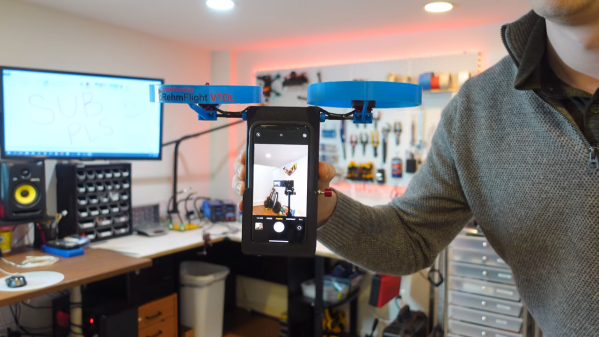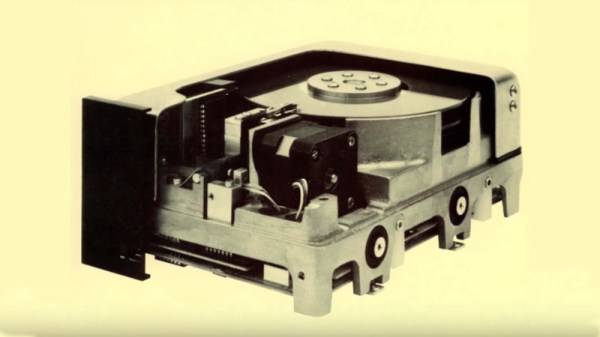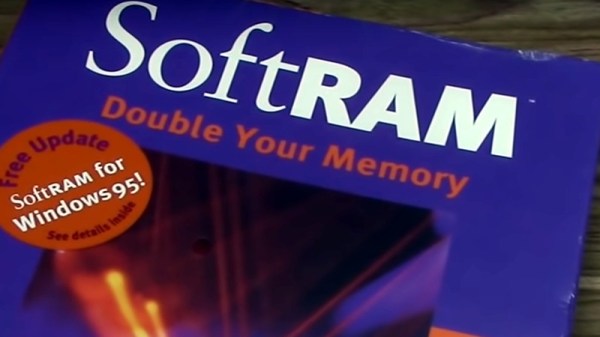Everyone knows that ultrasonic cleaners are great, but not every device that’s marketed as an ultrasonic cleaner is necessarily such a device. In a recent video on the Cheap & Cheerful YouTube channel the difference is explored, starting with a teardown of a fake one. The first hint comes with the use of the description ‘Multifunction cleaner’ on the packaging, and the second in the form of it being powered by two AAA batteries.
Unsurprisingly, inside you find not the ultrasonic transducer that you’d expect to find in an actual ultrasonic cleaner, but rather a vibration motor. In the demonstration prior to the teardown you can see that although the device makes a similar annoying buzzing noise, it’s very different. Subsequently the video looks at a small ultrasonic cleaner and compares the two.
Among the obvious differences are that the ultrasonic cleaner is made out of metal and AC-powered, and does a much better job at cleaning things like rusty parts. The annoying thing is that although the cleaners with a vibration motor will also clean things, they rely on agitating the water in a far less aggressive way than the ultrasonic cleaner, so marketing them as something which they’re not is very unpleasant.
In the video the argument is also made that you do not want to clean PCBs with an ultrasonic cleaner, but we think that people here may have different views on that aspect.



















